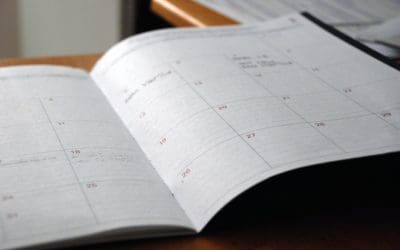The work of learning new material is daunting, especially on a time crunch. How can we get from page to stage, ready for performance, with less wasted time?
In the work of taking a piece of solid, non-descript, hunk of hardness to, say, The David, a sculptor moves deliberately through main categories of work to create their masterpiece. And you can too.
Over the next few weeks, imma gonna teach ya how to more effectively and efficiently learn new material. (For this series, I will stick with songs. You can easily adapt to monologues and scenes with a few tweaks. Write me if you need some help with that.)
Of course we all have different learning styles and tricks that make it all click for us, and I am confident that this 3-step process will allow for all of that. I’ve seen people who feel unable to internalize blossom into mavens of memorization! On with the show.
Step 1: Inspect
When you first receive your material, you’ve got to inspect it. This does not mean look it over for five minutes. Looking something over is like skimming this post. You will only get the gist of it, and you will fail the quiz.
To *inspect* the piece means to take note (ha! see what I did there?) of all the clues that the piece will offer you to create mnemonics. Always inspect with a pencil in hand; circle stuff and make markings on your pages.
~Obvious stuff first: key signature, time signature, tempo markings. Be mindful of where in the key the accompaniment begins and where your starting pitch is in relation to the key.
~Lyric: Read through the lyric and mark breaths that you want to take. Don’t read it in rhythm yet. Read it as a poem or monologue and make some initial decisions on where breaths fit in the poetic phrasing. You may change them later, for aestethic, but for now, get to know the “feel” of the poetry/story. Read it again. And again. Aaaaaaand again.
~Clues in the accompaniment: Now look at the melody line. Look at the piano/accomp for where that melody is mirrored. Look for where the notes you need to sing are voiced. Circle pitches in the accomp. that will give you your note before a phrase.
~Patterns: Now take the time to see the patterns in the song, and take notice of how they vary. Jot down where you see the patterns… verses? choruses? measure numbers?
~”Interview” the composer: Look very carefully at how the lyric and music fit together. Composers and Lyricists are savvy people. They don’t do things by accident. Ask yourself why certain lines of lyric and melody are written the way they are. Are there eighth notes during an angry moment? Is there legato and rubato over a particularly romantic idea? Is a question voiced with ascending pitches?
In short, think CRITICALLY about what the song is doing, before you even open your mouth to sing, or place a finger on the piano. Give the music its due respect, and get to know it before you begin to learn it. ????





0 Comments